Bilimbi
Bilimbi, commonly known as cucumber tree or tree sorrel, is a fruit bearing tree and is a close relative of carambola. The tree as well as the fruit is popular by different names in different languages. Bilimbi is quite different in its physical appearance, flavor and uses than that of carambola. In Malaya, this is termed as Belimbing asam and in Indonesia it is Blimbing wuluh. This exceptional exotic fruit is highly popular in Thailand and Singapore. It is a rare plant and few growers produce them.
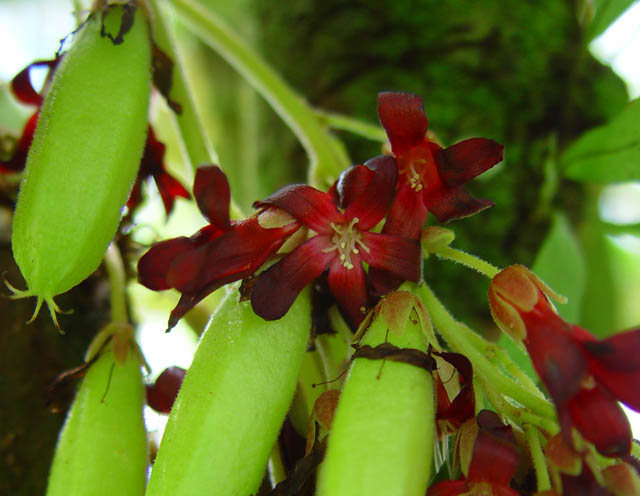
Bilimbi
Table Of Content
Scientific Name
Scientifically Bilimbi is known as Averhhoa bilimbi.
Common Names
Bilimbi is widely popular throughout the world and is also known as
- Cucumber tree
- Bilincha
- Blimbin
- Mimbro
- Kaling Pring
- Pepino de Indias
- Birambi
- Vinagrillo
- Tirigur
Plant
Bilimbi tree is attractive and at the same time is a long-lived tree. The tree reaches up to a height of 5-10 m. The leaves are bunch up at the branch tips and are 12-20 m in length. The leaves comprise of 11-37 alternate leaflets with pointed tips. The flowers are yellowish green in color and are borne in hairy panicles.
Description
The description of this edible fruit is given below.
Shape: Bilimbi is cylindrical and ellipsoid in shape.
Length: The fruit grows to a length of 4-10cm.
Breadth: The disc like seed is 6 mm wide.
Color: These fruits are green in color.
Texture: It is juicy and crunchy.
Taste: The fruit is mildly sour and juicy.
Habitat and Distribution
Bilimbis are native to Moluccas but are widely seen in Indonesia, Philippines, Bangladesh, Myanmar, and Sri-Lanka. It was in the year 1793 that Bilimbi was introduced to Jamaica. In India also, Bilimbi trees are widely spread.
This tropical tree prefers growing in regions having huge amount of rainfall throughout the year. The tree also requires protection from cold to grow properly.
Tree Cultivation
This particular tree is rarely cultivated and is mostly planted in house gardens. Cultural treatment is required for their growth. It grows well in tropical climate. The plant requires soil having adequate moisture. Well-drained rich soil will be ideal for its growth. Plenty of water is required during the cultivation
Nutritional Facts
This nutritional value is obtained from every 100 g of the fruit
Calcium – 3.4mg
Phosphorous – 11.1 mg
Riboflavin – 0.026mg
Carotene – 0.035mg
Niacin – 0.302mg
Moisture – 95mg
Iron – 1.01mg
Calcium – 3.5mg
Thiamine – 0.010mg
Ash – 0.30-0.40mg
Fiber – 0.6mg
Health Benefits
Bilimbi offers some of the best health benefits. The fruit is popular worldwide for its sour flavor and is also used as a spice in cooking some of the delicious seasonal dishes.
- It is capable enough for eliminating phlegm and reducing heat from the body.
- It has anti-inflammatory properties.
- It is advised for treating high blood pressure and the treatment is quite effective.
- For reducing the pain of cavities, cucumber tree is used.
- The juice extracted from bilimbi fruit is effective in eliminating cough.
- The fruit is good for treating rheumatism.
- It is effective in treating acne.
Uses
The tree as well as the fruit is used for several purposes.
Edible uses
- The juice of this fruit is tangy and refreshing.
- Apart from that, bilimbi is used as a spice in cooking delicious and appetizing curries.
- It is used instead of mango for preparing chutney and is preserved.
Medicinal uses
Bilimibi tree as well as the fruit is full of medicinal properties.
- The leaves are applied as a paste on itchy skin.
- Malayans use the leaves for treating venereal diseases.
- Leaves are also used for treating cold and cough.
- Paste of the pickled bilimbi is applied over the body to get rid of fever.
- A syrup prepared from the fruit helps in getting rid of fever.
- The fruit also helps in stopping rectal bleeding and eliminating internal hemorrhoids.
Other uses
- The wood is frequently used in carpentry.
- The fruit juice has high concentration of oxalic acid, useful for bleaching.
Side Effects
Consumption of bilimbi is good for our health but overconsumption can lead to digestion problems.
Recipes
Bilimbi is used for preparing some yummy dishes
- Bilimbi toffee
- Bilimbi squash
- Bilimbi curry
- Bilimbi wine
Storage
Bilimbi fruits should be stored under cold storage. Storing in cool place will keep the fruit fresh for 2-3 days. Bilimbi should be preserved by sun-drying.
Availability
Bilimbi is a popular fruit and is available in fruit markets at a reasonable price. Bilimbi is available throughout the year. It is available online as well.
During Pregnancy
One can have the fresh figs during pregnancy but in less proportion. Not much is known about the fact.
Interesting Facts
Know more about bilimbi
- Bilimbi tree bears hundreds of fruits every year.
- The sun dried bilimbi is called asam sunti.
- Bilimbi should not be eaten raw.
- The flowers of bilimbi tree are sometimes conserved in sugar.
Images
Here are a few bilimbi images.
References:
http://en.wikipedia.org/wiki/Averrhoa_bilimbi
http://healthyfood-list.blogspot.in/2011/12/cucumber-tree-averrhoa-bilimbi-benefits.html
http://www.livestrong.com/article/553584-antibacterial-effect-of-bilimbi-fruit-extract/
- by Debasmita Dasgupta
- February 21st 2013


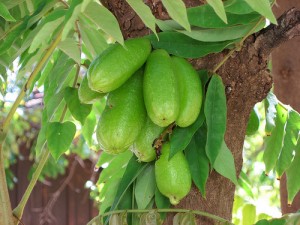
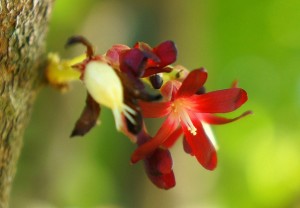
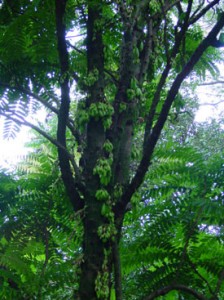
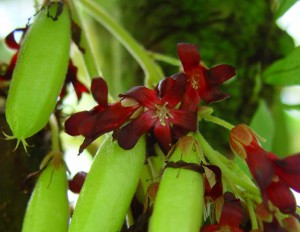
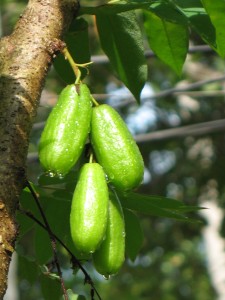
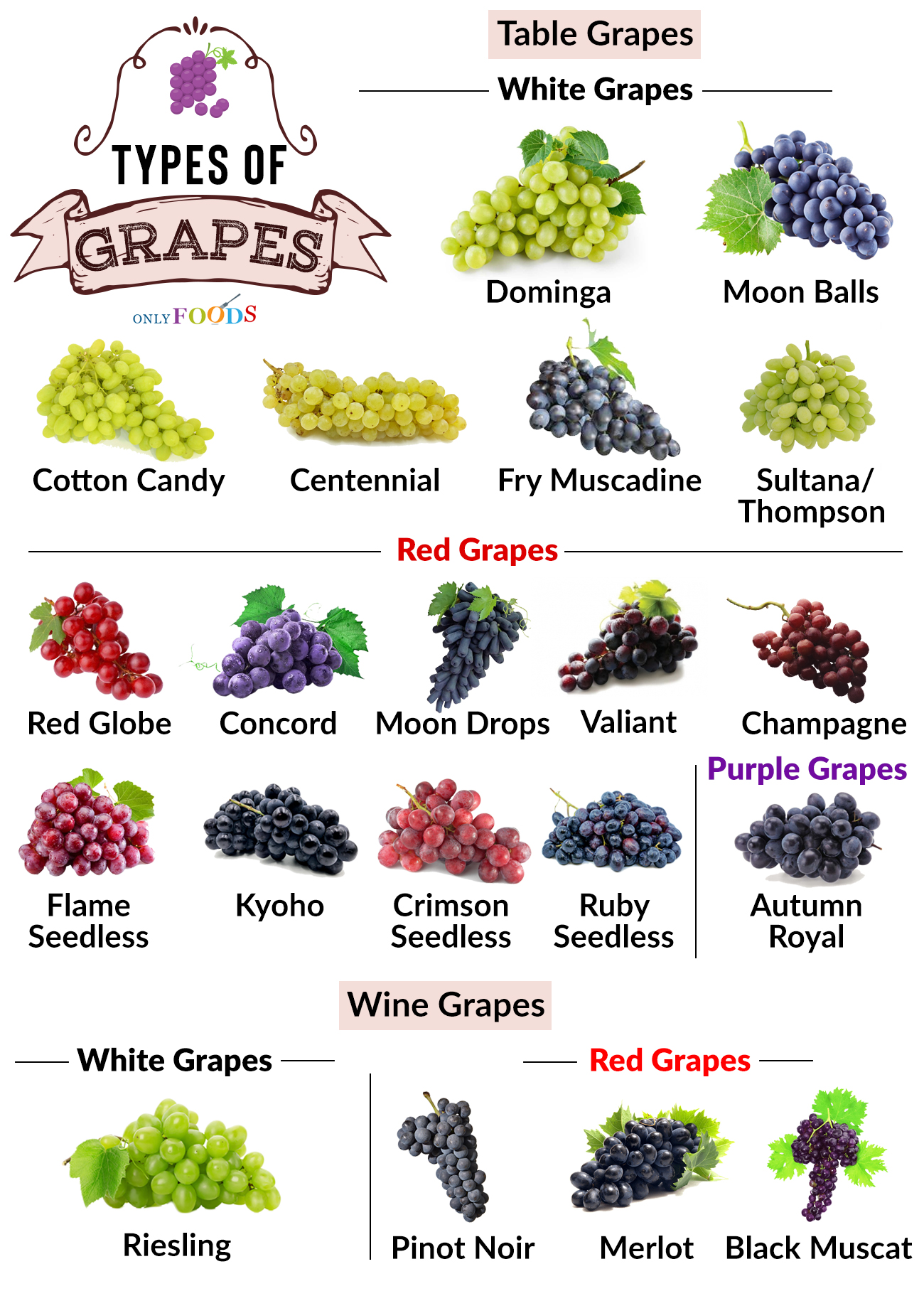
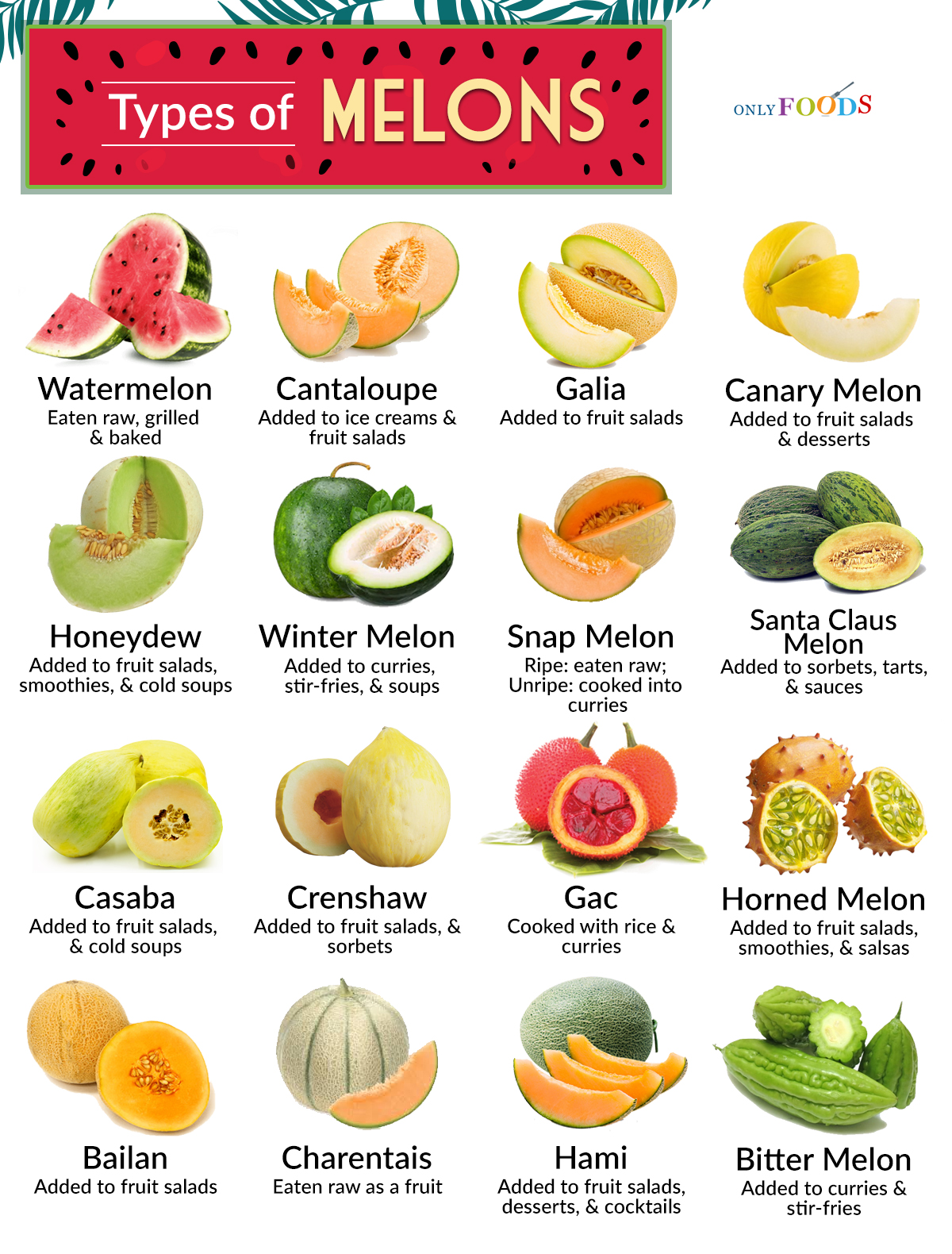
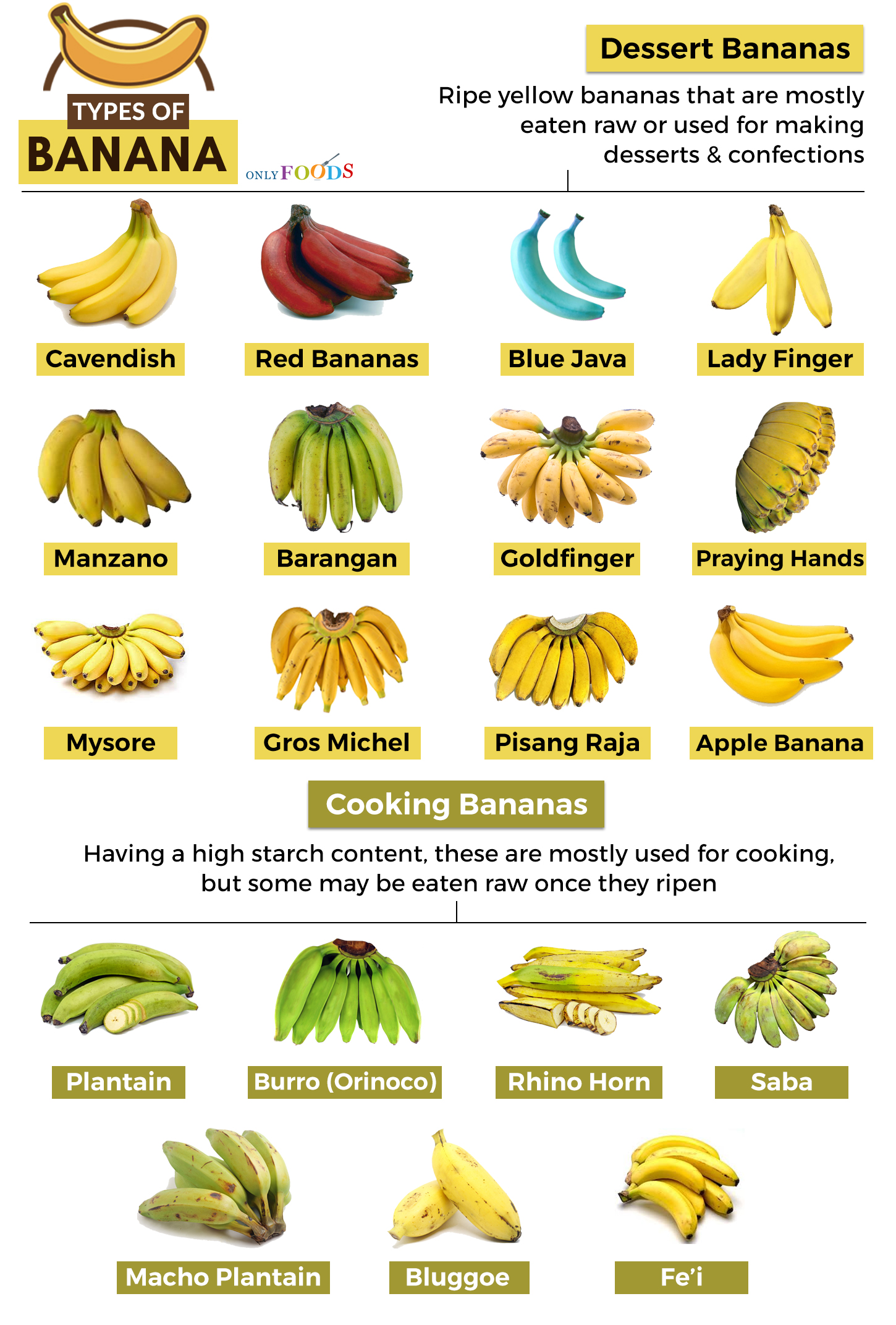
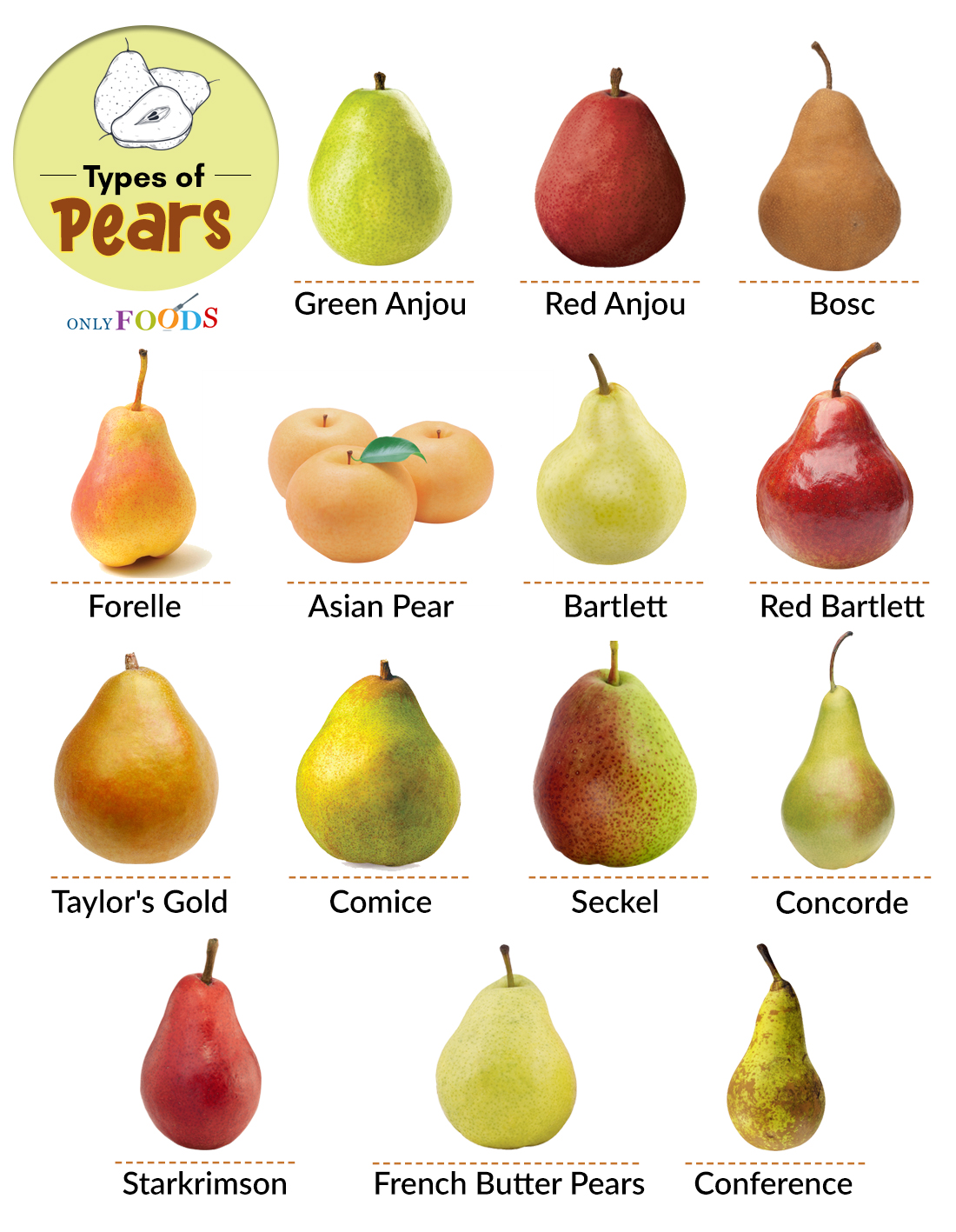
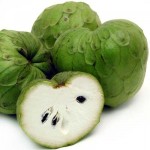
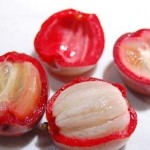
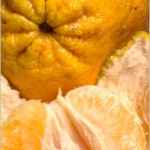
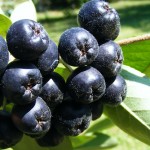
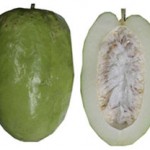

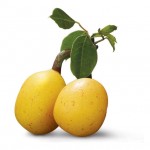
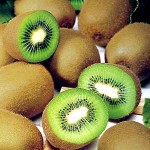
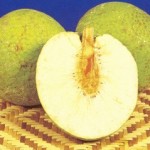
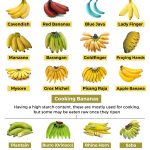





Leave a Reply